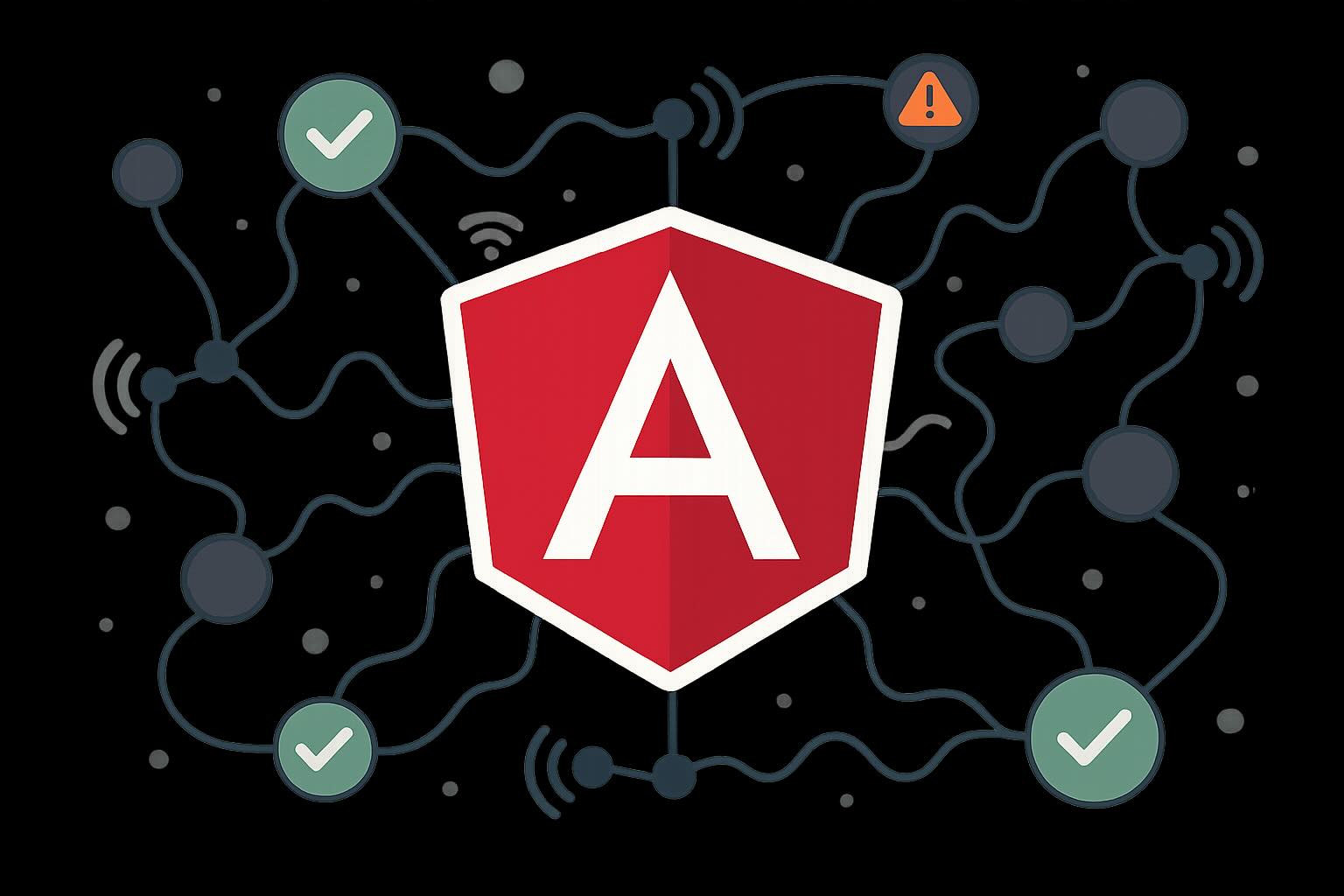Angular Signals are a hot topic in the Angular ecosystem, promising more granular reactive change detection and increased performance. However, as with any new pattern, integrating Signals into real-world applications comes with its own set of challenges. In this article, we’ll walk through five of the most common mistakes developers encounter when working with Angular Signals—and offer practical strategies to avoid them.
1. Overusing Signals for Everything
It’s tempting to replace every observable or property in your codebase with a Signal just because it’s new and exciting. However, Signals excel at representing state that changes in response to internal or external triggers, not every single value. Avoid using signals for:
- Static configuration (e.g., labels, constants)
- Derived state easily handled by built-in operators
Best Practice: Use Signals primarily for reactive state that benefits from fine-grained updates.
2. Ignoring Signal Lifecycle Management
Signals don’t manage subscriptions like RxJS observables, but Signal resources (like derived signals or custom cleanups) can still inadvertently create memory leaks or stale dependencies. Always ensure you clean up any side-effectful resources and understand the signal dependency graph.
Best Practice: Leverage Angular’s built-in signal APIs and lifecycle hooks, and be cautious adding listeners or external subscriptions in signal computations.
3. Misunderstanding effect() Scope and Trigger Patterns
It’s common to misuse Angular’s effect() by placing API calls or impure logic directly inside it, leading to redundant network requests or unintended consequences as signals change.
Best Practice: Design your effects to handle idempotent operations, and avoid expensive side effects inside signal computations. Use flags, input guards, or batching when necessary.
4. Not Integrating Signals with Existing Services and Change Detection
Moving to Signals doesn’t mean you can ignore traditional Angular structures. Often, the best approach is to blend signals with services for state sharing, and understand how they interact with Angular’s change detection (especially with standalone components or zone-less setups).
Best Practice: Encapsulate signal logic within Angular services and expose only what’s necessary to the component tree. Use signals in a targeted way for performance hotspots, not everywhere.
5. Failing to Test Signal-driven Logic Properly
Signal-based state can hide issues that only emerge under specific sequences or lifecycles. Developers might overlook updates or regressions because signals update reactively, sometimes even outside of standard Angular testing patterns.
Best Practice: Write targeted unit tests for signal logic, and combine them with integration tests that account for signal-driven updates and possible asynchronous behaviors.
Conclusion
Signals are a powerful addition to the Angular toolkit but require careful thinking to use effectively. By recognizing these common pitfalls early and adopting best practices, you’ll be well on your way to building high-performance, maintainable Angular applications.
Do you have tips or stories from your journey with Angular Signals? Come join the discussion!


Leave a Reply